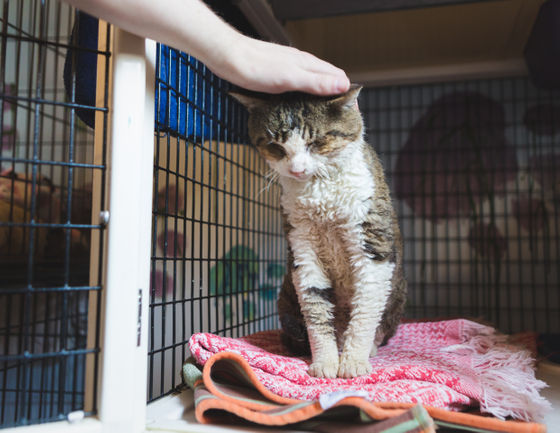Creating 'fake animal rescue videos' to gain attention is becoming a trend on social media worldwide

Stories of abandoned or injured animals being rescued by humans are often seen as inspiring, but an animal protection group has published an investigative report accusing some people of staging animal rescues for public attention.
Spot the Scam: Unmasking Fake Animal Rescues
People are posting 'fake animal rescues' for social media likes
https://www.thelondoneconomic.com/news/people-are-posting-fake-animal-rescues-for-social-media-likes-383574/
Asia for Animals, an animal rights group based in Asia, said it has seen a number of instances of attention-seekers intentionally putting animals in dangerous situations and then posting videos of themselves rescuing them on social media.
The Social Media Animal Cruelty Coalition (SMACC), a coalition of 29 animal protection groups led by Asia for Animals, conducted a six-week investigation across Facebook, Instagram, YouTube, TikTok and Twitter(X) and uncovered multiple videos that appeared to be staged fake animal rescues.
As a result, a total of 1,022 fake animal rescue video links were found across all platforms, and it was confirmed that the videos had been viewed a total of 572,013,959 times.
The videos showed animals being buried alive, trapped in objects or being attacked by predators.

For example, one video shows a mother cat lying on the ground with her eyes wide open and unable to move, while her kittens are shown crying and trying to eat food. The kittens are then later nursed back to health by humans. However, a veterinarian who viewed this video expressed the view that 'the cat may have been given drugs to render it unable to move.'
Another example is a video of a puppy struggling for over a minute with its head stuck in a bottle, but the bottle appears to have been intentionally cut to fit the puppy's head. Even if the videographer did not intentionally put the bottle on the puppy, SMACC is skeptical because the video was filmed for at least a minute without rescuing the puppy.

Half of the confirmed links were found on Facebook and Instagram, while YouTube and TikTok accounted for about 25% each. In addition, 21% of creators posting fake animal rescue videos were asking for donations to help animals.
Alan Knight, president of International Animal Rescue, said: 'Fake animal rescue videos are a terribly vile and disgusting way to exploit and abuse animals for money, which makes them all the more vicious because they prey on people's compassion and kindness. It is so easy to make scenes of animals in need of help look real, which is why social media platforms must do much more to identify and remove this type of content.'
'We must protect genuine animal protection groups and organisations from scammers,' a SMACC spokesperson said. 'Every donation that goes to a fake animal rescue video is one less donation that goes to real organisations that really help animals in need.'

Related Posts:
in Web Service, Creature, Posted by log1p_kr







